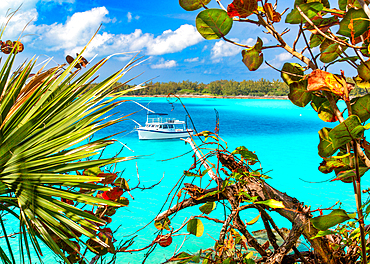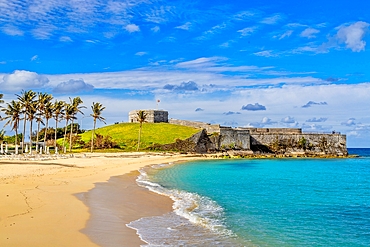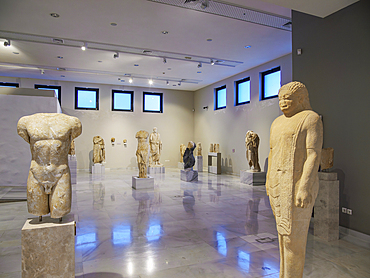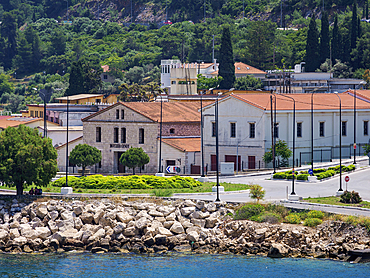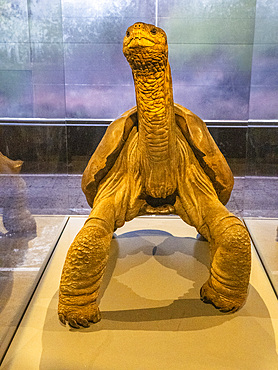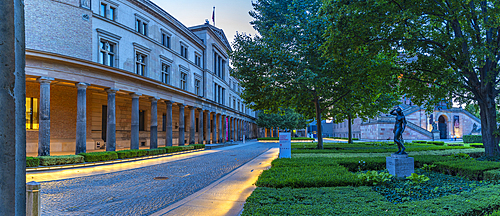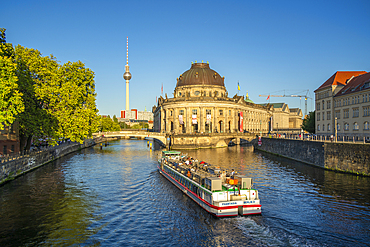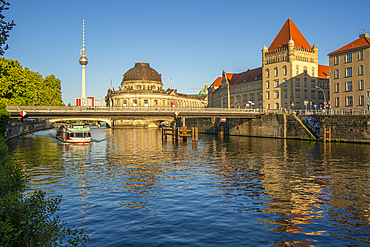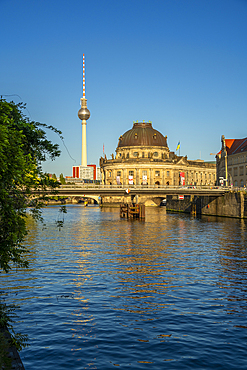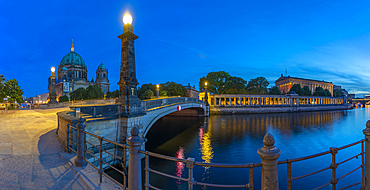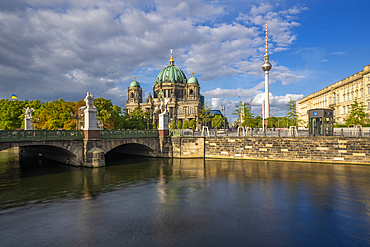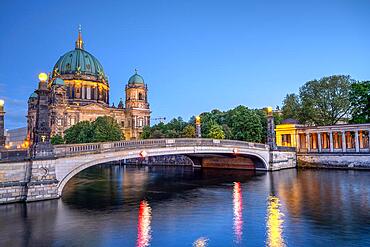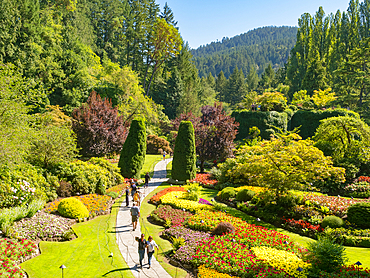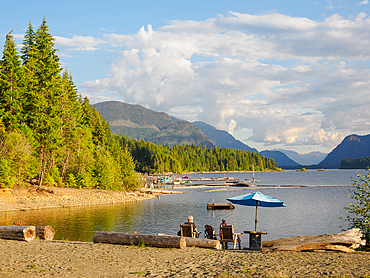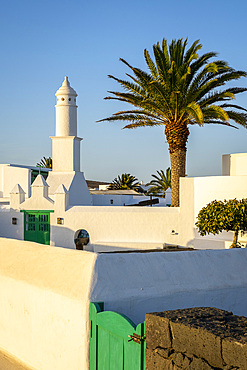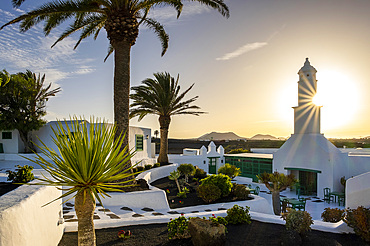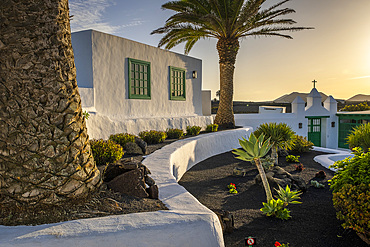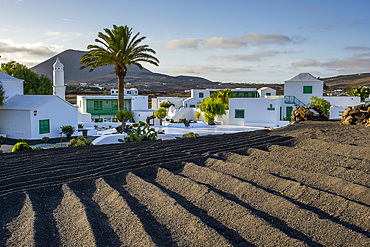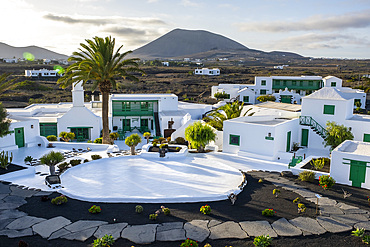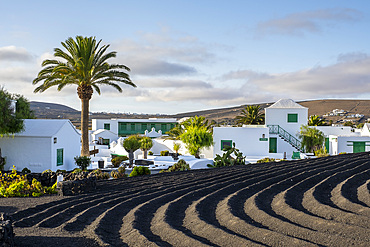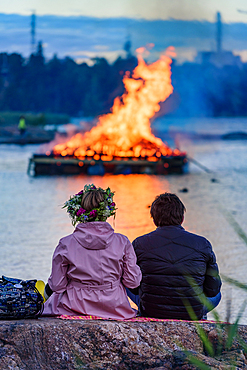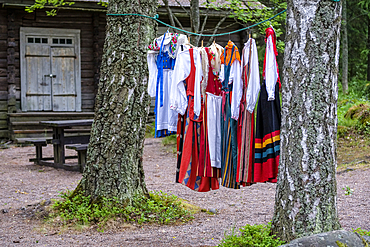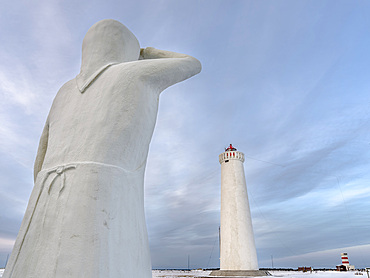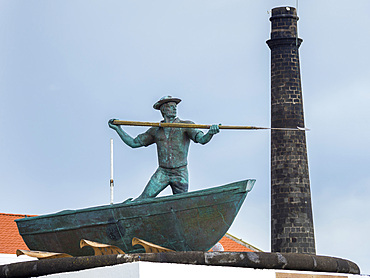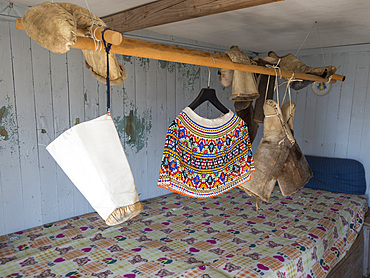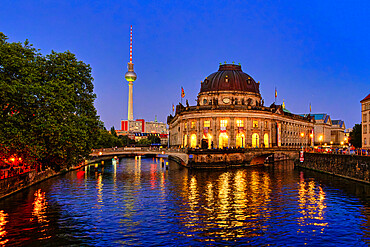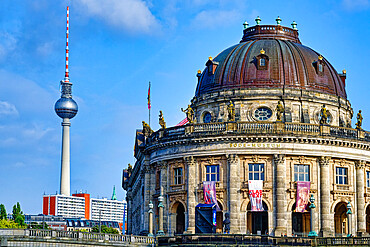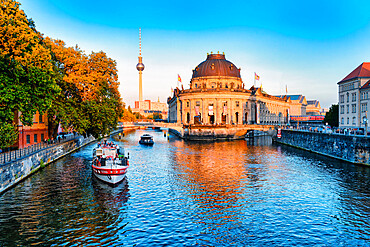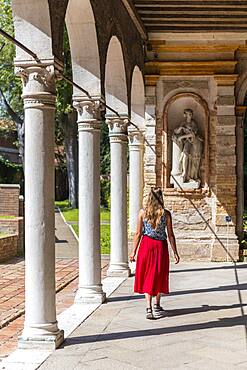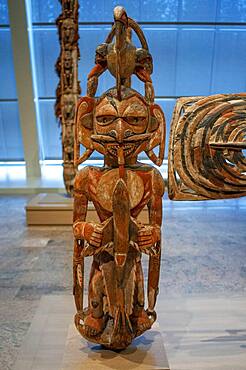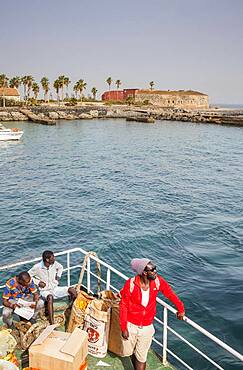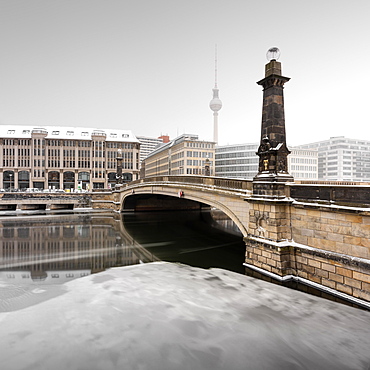Recent searches
Loading...
1358-368 - A boat moored off the Nonsuch Island, Bermuda, Nature Reserve or Living Museum. The boat belongs to the local Aquarium and Zoo and takes organised parties to see the Reserve.
1358-355 - Fort St. Catherine, built in 1612, in service until the 20th century, now a museum, UNESCO World Heritage Site, St. George's Island, Bermuda, North Atlantic, North America
1358-354 - Fort St. Catherine, built in 1612, in service until the 20th century, now a museum, UNESCO World Heritage Site, St. George's Island, Bermuda, North Atlantic, North America
1245-3356 - Ruins of Ancient City, Archaeological Museum, Pythagoreion, UNESCO World Heritage Site, Pythagoreio, Samos Island, North Aegean, Greek Islands, Greece, Europe
1245-3355 - Sculptures at the Archaeological Museum, interior, Pythagoreio, Samos Island, North Aegean, Greek Islands, Greece, Europe
1245-3331 - Ruins of Ancient City, Archaeological Museum, Pythagoreion, UNESCO World Heritage Site, Pythagoreio, Samos Island, North Aegean, Greek Islands, Greece, Europe
1111-248 - The Museum of Sex and Health, one of its kind in South Korea, the largest in the world, Jeju Island, South Korea, Asia
1245-3070 - Samos Wine Museum, Samos Town, Samos Island, North Aegean, Greek Islands, Greece, Europe
1112-8387 - Preserved Galapagos giant tortoise (Chelonoidis spp), known as Lonesome George, Santa Cruz Island, Galapagos Islands, UNESCO World Heritage Site, Ecuador, South America
844-30946 - View of Alte Nationalgalerie, UNESCO World Heritage Site, Museum Island, Mitte, Berlin, Germany, Europe
844-30941 - View of Kolonnadenhof at dusk, UNESCO World Heritage Site, Museum Island, Mitte, Berlin, Germany, Europe
844-30940 - View of Alte Nationalgalerie and Kolonnadenhof at dusk, UNESCO World Heritage Site, Museum Island, Mitte, Berlin, Germany, Europe
844-30938 - View of Kolonnadenhof, UNESCO World Heritage Site, Museum Island, Mitte, Berlin, Germany, Europe
844-30937 - View of River Spree and Bode Museum, Museum Island, UNESCO World Heritage Site, Berlin Mitte district, Berlin, Germany, Europe
844-30936 - View of River Spree and Bode Museum, Museum Island, UNESCO World Heritage Site, Berlin Mitte district, Berlin, Germany, Europe
844-30935 - View of River Spree and Bode Museum, Museum Island, UNESCO World Heritage Site, Berlin Mitte district, Berlin, Germany, Europe
844-30933 - View of Berliner Fernsehturm from Kolonnadenhof, UNESCO World Heritage Site, Museum Island, Mitte, Berlin, Germany, Europe
844-30932 - View of River Spree and Bode Museum, Museum Island, UNESCO World Heritage Site, Berlin Mitte district, Berlin, Germany, Europe
844-30931 - View of Berliner Dom (Berlin Cathedral), Kolonnadenhof and Spree river at dusk, UNESCO World Heritage Site, Museum Island, Mitte, Berlin, Germany, Europe
844-30930 - View of Berliner Fernsehturm from Kolonnadenhof, UNESCO World Heritage Site, Museum Island, Mitte, Berlin, Germany, Europe
844-30834 - View of Alte Nationalgalerie and Kolonnadenhof, UNESCO World Heritage Site, Museum Island, Mitte, Berlin, Germany, Europe
844-30832 - View of Alte Nationalgalerie and Kolonnadenhof, UNESCO World Heritage Site, Museum Island, Mitte, Berlin, Germany, Europe
844-30830 - View of Berlin Cathedral, Museum Island, Mitte, Berlin, Germany, Europe
844-30829 - View of Berlin Cathedral from Altes Museum, UNESCO World Heritage Site, Museum Island, Mitte, Berlin, Germany, Europe
844-30827 - View of Berlin Cathedral, Museum Island, Mitte, Berlin, Germany, Europe
844-30828 - View of Altes Museum, UNESCO World Heritage Site, Museum Island, Mitte, Berlin, Germany, Europe
844-30824 - View of Berlin Cathedral from Altes Museum, UNESCO World Heritage Site, Museum Island, Mitte, Berlin, Germany, Europe
844-30815 - View of Berlin Cathedral, Berliner Fernsehturm and Spree river, Museum Island, Mitte, Berlin, Germany, Europe
844-30814 - View of Berlin Cathedral, Berliner Fernsehturm, Berliner Schloss and Spree river, Museum Island, Mitte, Berlin, Germany, Europe
844-30813 - View of Berliner Fernsehturm, Berliner Schloss and Spree river, Museum Island, Mitte, Berlin, Germany, Europe
832-402713 - Museum of overgrown houses, Saksun, Streymoy, Faroe islands, Denmark, Europe
832-401387 - The Berlin Cathedral and Museum Island at dusk
832-399548 - Old pilot station Kobba Klintar with museum and exhibition building in the shape of a pyramid, small island in the archipelago, harbour entrance Mariehamn, Aland Islands, Gulf of Bothnia, Baltic Sea, Finland, Europe
1242-528 - First Nations totem poles, Thunderbird Park, Vancouver Island, next to the Royal British Columbia Museum, Victoria, British Columbia, Canada, North America
1242-527 - The Sunken Garden at Victoria's Butchart Gardens, planted in a former limestone quarry, starting in 1904, Victoria, Vancouver Island, British Columbia, Canada, North America
1242-522 - Strathcona National Park, Vancouver Island, British Columbia, Canada, North America
1242-520 - First Nations totem poles and Big House, Thunderbird Park, Vancouver Island, next to the Royal British Columbia Museum, Victoria, British Columbia, Canada, North America
1242-519 - First Nations totem poles, Thunderbird Park, Vancouver Island, next to the Royal British Columbia Museum, Victoria, British Columbia, Canada, North America
1242-517 - First Nations totem poles, Thunderbird Park, Vancouver Island, next to the Royal British Columbia Museum, Victoria, British Columbia, Canada, North America
1242-516 - Strathcona National Park, Vancouver Island, British Columbia, Canada, North America
1242-515 - First Nations totem pole and Big House, Thunderbird Park, Vancouver Island, next to the Royal British Columbia Museum, Victoria, British Columbia, Canada, North America
844-28348 - View of beach, Lobos Island and the Atlantic Ocean on a sunny day, Corralejo Natural Park, Fuerteventura, Canary Islands, Spain, Atlantic, Europe
1365-88 - Poros Island sunset, Saronic Gulf, Greek Islands, Greece, Europe
1365-87 - Poros Island sunset, Saronic Gulf, Greek Islands, Greece, Europe
1350-6499 - Casa Museo del Campesino, designed by Cesar Manrique, San Bartolome, Lanzarote island, Canary islands, Spain
1350-6498 - Casa Museo del Campesino, designed by Cesar Manrique, San Bartolome, Lanzarote island, Canary islands, Spain
1350-6497 - Casa Museo del Campesino, designed by Cesar Manrique, San Bartolome, Lanzarote island, Canary islands, Spain
1350-6495 - Casa Museo del Campesino, designed by Cesar Manrique, San Bartolome, Lanzarote island, Canary islands, Spain
1350-6496 - Casa Museo del Campesino, designed by Cesar Manrique, San Bartolome, Lanzarote island, Canary islands, Spain
1350-6494 - Casa Museo del Campesino, designed by Cesar Manrique, San Bartolome, Lanzarote island, Canary islands, Spain
1350-6493 - Casa Museo del Campesino, designed by Cesar Manrique, San Bartolome, Lanzarote island, Canary islands, Spain
1350-6492 - Monumento Al Campesino, designed by Cesar Manrique, San Bartolome, Lanzarote island, Canary islands, Spain
1350-6678 - Strawberry Poison Frog (Dendrobates pumilio), adult, Bastimentos National Park, Bocas del Toro, Panama. The strawberry poison frog or strawberry poison-dart frog (Oophaga pumilio or Dendrobates pumilio) is a species of small amphibian poison dart frog found in Central America. It is common throughout its range, which extends from eastern central Nicaragua through Costa Rica and northwestern Panama. The species is often found in humid lowlands and premontane forest, but large populations are also found in disturbed areas such as plantations. The strawberry poison frog is perhaps most famous for its widespread variation in coloration, comprising approximately 15���30 color morphs, most of which are presumed to be true-breeding. O. pumilio, while not the most poisonous of the dendrobatids, is the most toxic member of its genus. The species is most diverse in Panama with varieties in vivid shades of all red, orange, blue, yellow or green, green and yellow, white with red, orange or black and spotted varieties. The most colorful mix is found in Isla Bastimentos Marine National Park though not all in one place. Colors vary by location. A beach on the north side of the island is named after the species. Two of Southern Explorations' Panama tours visit red frog habitat. Both the eight-day Panama Adventure trip and eleven-day Panama Highlights trip spend time in Isla Bastimentos Marine National Park and the former also goes to Red Frog Beach.
The red frog is not as poisonous as some of its cousins and is not a threat to humans. It subsists on a diet of ants that dine on poisonous plants, providing the red frog its protective skin toxin. Males attract females with a loud quick chirp. To hear the distinctive sound before you depart on your Panama tours, go to the University of Michigan Museum's biodiversity website (www.animaldiversity.ummz.umich.edu.) After birth, the tadpoles climb aboard the mother who deposits them in different protected areas where she retu
1241-375 - The Biosphere Environment Museum on St. Helen's Island, Montreal, Quebec, Canada, North America
1113-107544 - Temple ruins in Ancient Thera, Santorini, Santorin, Cyclades, Aegean Sea, Mediterranean, Greece, Europe
1113-107360 - Couple looks at fire in lake, Midsummer festival in Seurasaari Open Air Museum, Helsinki, Finland
1113-107356 - Seurasaari Island Recreation Area and Open Air Museum in Helsinki, Finland
746-92082 - Medina, LMdina, Malta Island, Mediterranean Sea, Europe
746-92081 - Dungeons, Medina (L-Mdina), Malta Island, Mediterranean Sea, Europe
1306-1011 - Gearrannan Blackhouse Village Museum on Harris and Lewis Island, Outer Hebrides, Scotland, United Kingdom, Europe
1306-1010 - Gearrannan Blackhouse Village on Harris and Lewis Island, Outer Hebrides, Scotland, United Kingdom, Europe
746-91177 - Cape Gardskagi with lighthouse and local museum during winter on the Reykjanes peninsula. europe, northern europe, iceland, January
746-91594 - Palacio do Povo (Palacio do Minelo, Palacio di Governador), the former governors palace, now museum for art exhibitions. City Mindelo, a seaport on the island Sao Vicente, Cape Verde in the equatorial atlantic. Africa, April
746-90917 - Monument commemorating the whalers of Pico in Sao Roque do Pico. Pico Island, an island in the Azores (Ilhas dos Acores) in the Atlantic ocean. The Azores are an autonomous region of Portugal. Europe, Portugal, Azores
746-90756 - Traditional peat - stone house, used until app. 1985, now part of the local museum. The town Uummannaq in the north of West Greenland, located on an island in the Uummannaq Fjord System. America, North America, Greenland
746-91176 - Cape Gardskagi with lighthouse during winter on the Reykjanes peninsula. europe, northern europe, iceland, January
746-90918 - Monument commemorating the whalers of Pico in Sao Roque do Pico. Pico Island, an island in the Azores (Ilhas dos Acores) in the Atlantic ocean. The Azores are an autonomous region of Portugal. Europe, Portugal, Azores
746-90755 - Traditional peat - stone house, used until app. 1985, now part of the local museum. The town Uummannaq in the north of West Greenland, located on an island in the Uummannaq Fjord System. America, North America, Greenland
746-90753 - Umiak displayed in the local museum. The town Uummannaq in the north of West Greenland, located on an island in the Uummannaq Fjord System. America, North America, Greenland
746-90754 - Traditional peat - stone house, used until app. 1985, now part of the local museum. The town Uummannaq in the north of West Greenland, located on an island in the Uummannaq Fjord System. America, North America, Greenland
1179-5667 - Ancient fresco of the Minoan art, Heraklion Archaeological Museum, Crete island, Greek Islands, Greece, Europe
1179-5665 - Collection of statues and artefacts of the Minoan civilization, Heraklion Archaeological Museum, Crete island, Greek Islands, Greece, Europe
1179-5666 - Details of fresco paintings, Heraklion Archaeological Museum, Crete island, Greek Islands, Greece, Europe
832-395081 - Tea Factory and Tea Museum on Panorama Sans Soucis Road, Mahe, Seychelles, Mahe, Seychelles, Africa
832-395082 - Tea Factory and Tea Museum on Panorama Sans Soucis Road, Mahe, Seychelles, Mahe, Seychelles, Africa
1131-1708 - Bode Museum at night, Museum Island, UNESCO World Heritage Site, Berlin Mitte district, Berlin, Germany, Europe
1131-1710 - Bode Museum and Berlin Television tower, Museum Island, UNESCO World Heritage Site, Berlin Mitte district, Berlin, Germany, Europe
1131-1709 - Bode Museum at sunset, Museum Island, UNESCO World Heritage Site, Berlin Mitte district, Berlin, Germany, Europe
1131-1706 - Old National Gallery (Alte Nationalgalerie), Friedrich Wilhelm IV equestrian bronze statue, Museum Island, UNESCO World Heritage Site, Berlin Mitte district, Berlin, Germany, Europe
1131-1707 - Bode Museum during the Festival of Lights, Museum Island, UNESCO World Heritage Site, Berlin Mitte district, Berlin, Germany, Europe
832-394658 - Skye Museum of Island Life, Isle of Skye, Scotland, UK
1131-1676 - Berlin Cathedral, UNESCO World Heritage Site, Museum Island, Unter den Linden, Berlin, Germany
1131-1679 - Berlin Cathedral and Schloss bridge, UNESCO World Heritage Site, Museum Island, Unter den Linden, Berlin, Germany, Europe
1131-1678 - Berlin Cathedral during the Festival of Lights, UNESCO World Heritage Site, Museum Island, Unter den Linden, Berlin, Germany, Europe
1131-1675 - Berlin Cathedral, UNESCO World Heritage Site, Museum Island, Unter den Linden, Berlin, Germany, Europe
1131-1686 - Berlin Cathedral, UNESCO World Heritage Site, Museum Island, Unter den Linden, Berlin, Germany, Europe
1350-3916 - Stone village construction near the Takwa ruins on Manda Island in Lamu Island Kenya
801-3043 - Gothic Architecture, Archaeological Museum, Rhodes Old Town, UNESCO World Heritage Site, Rhodes, Dodecanese Island Group, Greek Islands, Greece, Europe
801-3041 - Courtyard, Archaeological Museum, Rhodes Old Town, UNESCO World Heritage Site, Rhodes, Dodecanese Island Group, Greek Islands, Greece, Europe
801-3042 - Courtyard, Archaeological Museum, Rhodes Old Town, UNESCO World Heritage Site, Rhodes, Dodecanese Island Group, Greek Islands, Greece, Europe
801-3034 - Grand Staircase, Palace of the Grand Master of the Knights, Rhodes Old Town, UNESCO World Heritage Site, Rhodes, Dodecanese Island Group, Greek Islands, Greece, Europe
832-391361 - Tourist in red dress in an arcade, Murano Glass Museum, Museo del Vetro, Murano, Murano Island, Venice, Veneto, Italy, Europe
1350-2073 - New Ireland Malagan funerary statue in at the Metropolitan Museum of Art museum, New York, USA. New Ireland is part of the Bismarck Archipelago, situated north of New Guinea, and has an estimated population of 100,000. The Dutch first encountered the island in 1616, and today New Ireland is a province of Papua New Guinea. Nineteen different languages are spoken on the island, and it is divided by a chain of mountains into three distinct regions: northern, central, and southeastern. The art of New Ireland traditionally centered on mortuary ceremonies and feasts to honor the dead. In northern New Ireland, the name given to these elaborate ceremonies is malagan, which is also the term used for the carved and painted sculptures associated with the ceremonies.
1350-1404 - The Slave House, Island of Goree, UNESCO World Heritage Site, near Dakar, Senegal, West Africa, Africa
1350-1400 - Ferry arriving at Goree Island, in background fort d´Estrees, near Dakar, Senegal, West Africa, Africa
1350-2074 - Yagim Mask at the Metropolitan Museum of Art, New York, USA. Yagim Mask, 1920-25 Vancouver Island, British Columbia. Wood, paint. George Walkus (kwakwaka'wakw, ca 1875-1968). A furtive aggressive sea creature known as Yagim was part of the dramatic Tseyka performance cycle, which took place during the dark winter when life on the North West coast moves largely indoors
1350-1403 - The Slave House, Island of Goree, UNESCO World Heritage Site, near Dakar, Senegal, West Africa, Africa
1116-50140 - Mosaic, 4th Century BC, Archaeological Museum of Naxos, Castle of Chora; Chora, Naxos Island, Cyclades, Greece
832-390223 - Golden statue at the Guningtou Battle Museum, Kinmen island, Taiwan, Asia
832-390437 - Iced Spree at the Friedrichsbruecke, Museum Island, Berlin, Germany, Europe
